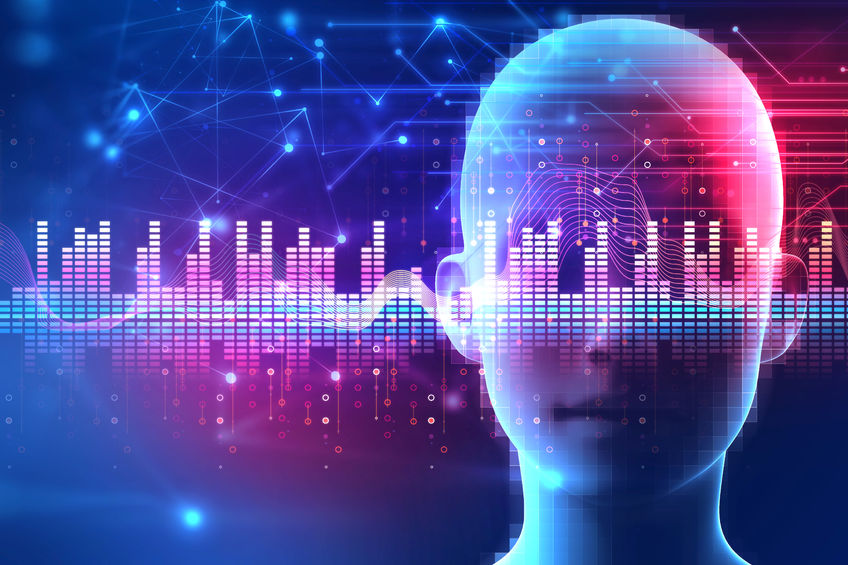Change is the only constant.

The Renaissance was a period of radical transformation between the 14th and 17th centuries. Human culture shifted, and almost nothing was the same afterward: from our social and political structures to how we thought about art, science, and God, we had a new perspective on everything. The Renaissance represents a concerted break from the past to set a course for modernity, and it’s happening again in 2019.
Artificial intelligence stands to be the most transformative technology ever developed by homo sapiens. Our track record with technology at large suggests that we’ll find every way to exploit it to our benefit. Where we used to start fires, we flip light switches. A day-long trip on horseback is now a 15-minute drive. Everything complicated tends to get easy over time.
AI raises a provocative question to that end: will this technology send the human brain the way of the horseless carriage? Hollywood sci-fi will tell you that AI is the great human undoing, that the end is nigh and we’ll eventually submit to our machine overlords. But those stories have nothing to do with reality.
After co-founding an AI startup called Mtell, I’m in a better position to hypothesize on where AI technologies are actually taking us. As many AI-driven tools become more central to work and daily life, they promise to change every aspect of our lives.
Technology has a certain inevitability about it. Though today’s AI systems are rather primitive, the genie’s already out of the bottle. Just consider how the modern internet proliferated after some 25 years of existence. This “information superhighway” used to be a highly specific, expensive thing for nerds, but the developed world came to lean on it so heavily as to take it for granted. Things are trending that direction with artificial intelligence — it’s going to help define a new normal, impacting the next era of human life.
There are five big clues that we’re living in the AI renaissance right now. Isn’t it exciting to be part of history?
We have more data than ever before.
From day one of the internet, devices of all stripes have been recording information and storing it online. But let’s not forget how humans maximize technology: there are nowadays so many people with so many devices that we produce an estimated 2.5 quintillion bytes of data every day. That’s more than a million 2-terabyte hard drives filled every 24 hours.
This data is basically AI fuel. Where human engineers might get anxious analyzing complex data sets, AI systems use it to refine their algorithms. The more valid, well-sourced data you feed an AI system, the better it performs in the real world.
From e-books stored in the cloud to everything we’ve ever tweeted or Facebooked, we have never had more access to data than we do today. AI technology is taking shape amid this explosion of data, so there’s never been a better time to be an algorithm.
Algorithms are the strongest they’ve ever been.
Though I’ve already characterized today’s AI systems as “primitive,” please understand that we’ve come a long way. This stuff used to be purely abstract. When Alan Turing described his famed “Turing machine” in 1948, he was talking about a completely hypothetical system. Only in the 1950s and 1960s did we see the earliest computer software that could play chess or checkers, giving the impression of intelligent thought from a machine.
The 1980s were marked with strong theoretical work in AI, but a series of papers published between 2006 and 2009 kicked off a deep learning revolution that changed everything. This led to a more mature approach for developing practical AI.
Engineers who used deep learning techniques saw huge improvements in accuracy and other key benchmarks on their systems. Deep learning nowadays drives everything from voice recognition systems to language translation to driverless vehicles. We’ve come a long way, baby.
You don’t need expensive hardware anymore.
The introduction of cloud services was a blessing to small, committed teams who were pushing back against a budget. You previously needed expensive hardware to do computing-intensive work, so it was only available to the big businesses and research institutions that could afford it.
But a solo engineer in 2019 can rent a few clusters from Amazon Web Services at a reasonable rate and use them to test and refine a machine learning system. It’s no longer a team’s size or budget that determines whether they can test a solution. They only need skills to identify a worthwhile problem and solve it. Cloud services make money far less of a mitigating factor, which dovetails with my next point.
Venture capital money is everywhere in AI.
In 2016, I sold Mtell and used those proceeds to invest in other companies developing other AI projects. But I’m hardly the only one doing so. From formal funds to individual angels, the world’s financiers are incentivizing AI development like never before.
When he appeared on panel at Web Summit in 2017, storied investor Tim Draper raved about long-term financial plays in AI. Now is a great time for entrepreneurs in this space to seek investment. The secret’s out, but the VC money’s not.
There’s a “space race” happening in artificial intelligence.
China, Russia, Israel, and the United States might not have much in common, but all four world powers agree that AI development is a matter of national security — each country has its own teams working on projects that we may or may not ever know about.
This competition for technological superiority is taking place against a background of geopolitical anxiety, but that level of competition generates massive innovation. There’s a clear analogy between today’s AI development and the 1960s space race between the US and the Soviet Union. Successfully developing and leveraging these technologies is not only a massive public relations victory, but it also grants access to new tools that the other guys don’t have. Whether it’s for bragging rights or ideological domination, nation states are ruthlessly investing in AI regardless of the reward.
But I’m investing in the AI renaissance because improved technology is its own reward. I want to place bets on AI solutions that are so effective they’ll redefine “normal.” Artificial intelligence is the technology most likely to deliver on that kind of change.
And I’m betting on the side of change.
